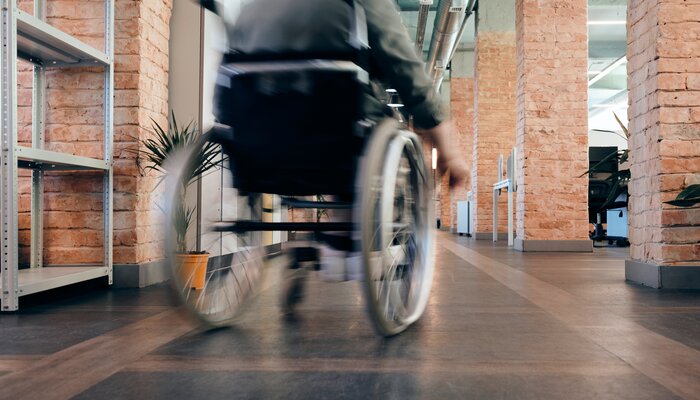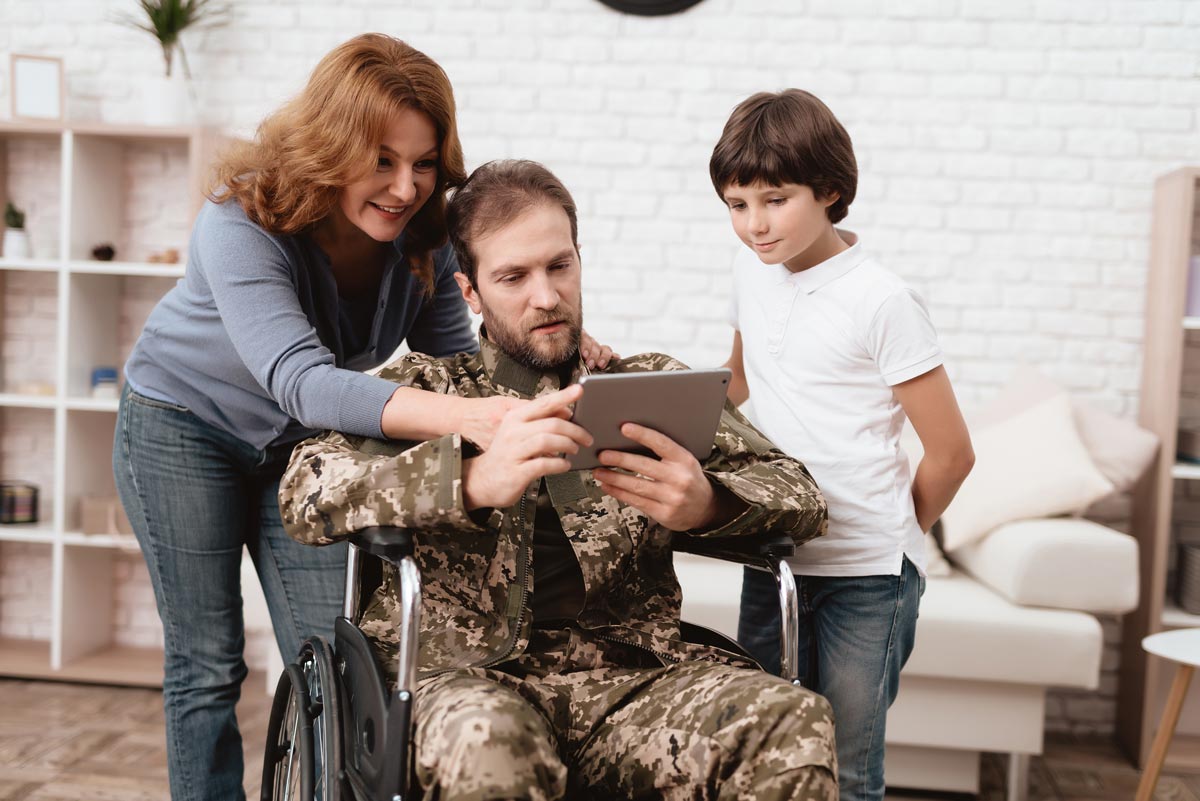We believe effective urban design must prioritize accessibilityThe design of products, devices, services, or environments to be usable by people with disabilities.... and inclusivity for all, including individuals with disabilities. Let's integrate features like wheelchair ramps, tactile paving, and audible signals while following ADA guidelines. Incorporating universal designThe design of products, environments, and services to be usable by all people, to the greatest exten... principles guarantees simplicity and flexibility in our cities. Engaging with people who have disabilities helps us identify barriers and innovate solutions. Enhancing wayfinding through clear signage, braille, and multisensory tools is crucial. We can create inclusive public spaces with tactile and sensory features and optimize public transport with accessible solutions. Embracing assistive technologies and promoting community involvement ensures ongoing improvement. Continue exploring to see how we can transform urban spaces effectively.
Key Takeaways
- Prioritize wheelchair ramps, tactile paving, and audible signals to ensure accessibility.
- Implement wide doorways, clear signage, and intuitive layouts for universal design.
- Collaborate with people with disabilities to identify and address urban design barriers.
- Enhance public transport with ramps, elevators, and multisensory wayfinding solutions.
- Utilize navigation apps and audio beacons to improve mobility and safety.
Prioritize Accessibility in Planning
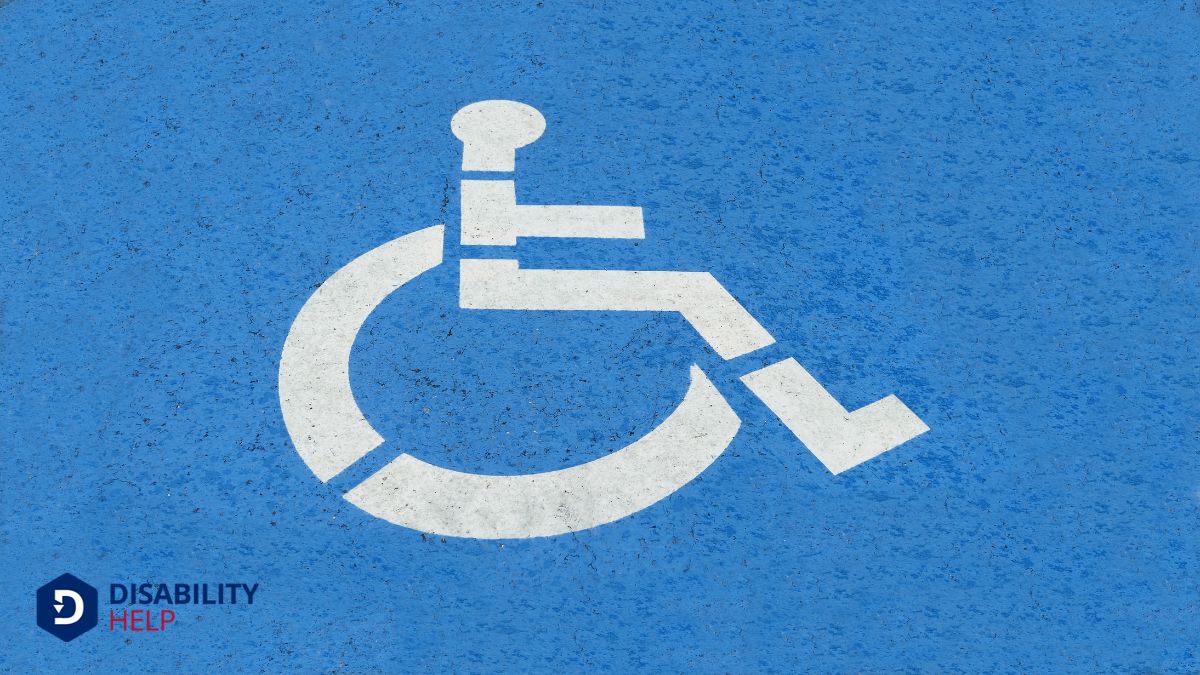
When we prioritize accessibility in urban planning, we ensure that cities are designed to be inclusive and accommodating for everyone. For people with disabilities, this means incorporating essential features like wheelchair ramps, tactile paving, and audible signals. These elements aren't just beneficial; they're vital for guaranteeing that everyone can navigate urban spaces safely and independently.
By adhering to guidelines such as the Americans with Disabilities Act (ADA)A U.S. law that prohibits discrimination against individuals with disabilities in all areas of publi..., we make certain our designs meet specific accessibility requirements. Compliance with these standards isn't just a legal obligation; it's a commitment to creating cities where people with disabilities feel welcome and valued.
Accessibility in urban planning extends beyond those directly affected. Parents with strollers, elderly residents, and tourists all benefit from these inclusive features. This broadens the impact of our efforts and enhances overall livability.
Including diverse perspectives in our planning process is essential. By engaging directly with people with disabilities, we better understand their unique needs and challenges. This collaboration leads to more effective solutions and a more equitable urban environment.
Ultimately, successful inclusive urban design promotes independence, safety, and a sense of belonging for everyone, fostering a more equitable and inclusive society.
Incorporate Universal Design Principles
Building on the importance of prioritizing accessibility in urban planning, incorporating universal design principles takes our commitment to inclusivity a step further. Universal design aims to create environments usable by all people, regardless of age, ability, or status. By integrating these principles, we're not just accommodating but actively embracing diversityThe inclusion of individuals from a wide range of backgrounds, including people with disabilities. in our urban spaces.
Universal design features flexibility, simplicity, perceptible information, tolerance for error, and low physical effort. These elements benefit everyone—individuals with disabilities, parents with strollers, older adults, and tourists alike.
For example, ramps with gentle slopes and wide doorways accommodate wheelchairs and strollers, while clear signage and intuitive layouts help those unfamiliar with the area.
Applying universal design principles in urban planning leads to more accessible, inclusive, and user-friendly cities. This approach promotes independence, safety, and inclusionThe practice of creating environments in which any individual or group can be and feel welcomed, res... for all residents and visitors. When we incorporate universal design, we create environments where everyone can thrive, not just navigate.
Engage People With Disabilities
When we engage people with disabilities in the urban design process, we gain crucial insights into their unique needs and challenges. By collaborating with disability advocacyEfforts and services aimed at protecting and promoting the rights and interests of individuals with ... groups, we can gather meaningful feedback that informs our designs. Let's actively listen to these voices to create more accessible and inclusive urban environments.
Collaborate With Users
Inclusive urban design thrives on significant collaboration with the very people it aims to serve—those with disabilities. When we actively involve people with disabilities in our urban design projects, we guarantee their needs and perspectives are front and center. This collaboration allows us to identify the barriers and challenges they face in urban environments, leading to more targeted and effective improvements.
Engaging people with disabilities isn't just a box to check; it's an essential step toward creating truly inclusive spaces. According to the World Health Organization, involving individuals with disabilities in urban planning enhances the creation of accessible and inclusive cities. By listening to their experiences and insights, we can develop innovative solutions that benefit everyone in the community, not just those with disabilities.
Research consistently shows that when people with disabilities are part of the design process, the resulting urban spaces are more satisfying and usable for all residents. This inclusive approach fosters a sense of belonging and equityFairness and justice in the way people are treated, especially in the allocation of resources and op..., making our cities better places to live for everyone.
Incorporate User Insights**
Engaging people with disabilities in the design process is essential to creating urban spaces that truly meet their needs. By incorporating user insights, we can understand the unique challenges they face and develop practical solutions.
One effective approach is to collaborate with disability organizations and advocacyThe act of arguing in favor of, supporting, or defending the rights and interests of individuals or ... groups. These partnerships allow us to gather a diverse range of perspectives, ensuring that our designs are inclusive and all-encompassing.
We should also conduct thorough user research and interviews with individuals with disabilities. These conversations reveal their daily experiences and specific requirements, giving us a clearer picture of what changes are necessary.
Hosting focus groups or workshops can be another valuable method. In these settings, people with disabilities can actively co-create design solutions, providing real-time feedback and innovative ideas.
Enhance Wayfinding and Signage
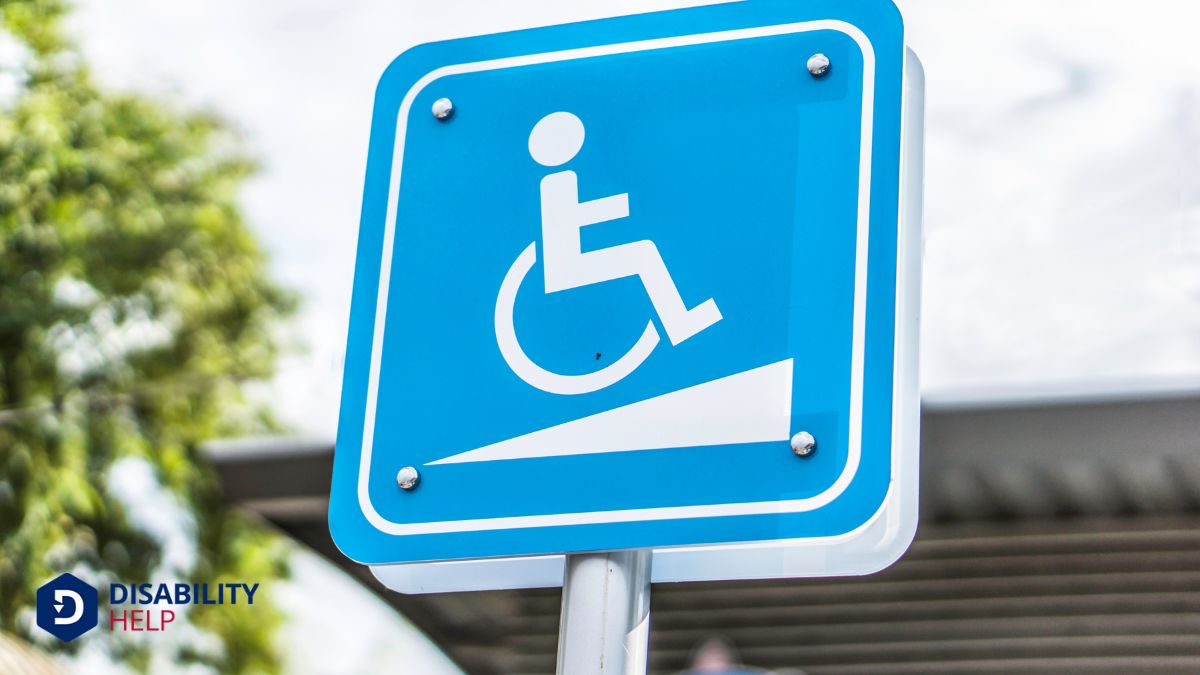
Getting around urban spaces can be challenging, especially for individuals with disabilities. That's why enhancing wayfinding and signage is essential for creating inclusive environments. We should use high-differentiation colors and large, distinct fonts on signs to assist those with visual impairments. This simple step makes urban spaces more navigable for everyone.
Incorporating tactile elements like braille signage and tactile maps assists individuals with visual and cognitive disabilities. These features provide necessary information through touch, making navigation more intuitive. Audio cues and directional sounds also play a significant role in guiding visually impaired individuals through urban environments effectively.
To guarantee inclusivity, we must place signage at appropriate heights and locations that accommodate wheelchair users and individuals of varying heights. It's not enough to have clear signs; they need to be accessible to all.
Consider multi-sensory wayfinding solutions that cater to diverse needs. Combining audio descriptions with tactile feedback addresses the requirements of different disabilities, making urban spaces more welcoming.
Here are a few key points to remember:
- Use high-differentiation colors and large fonts.
- Incorporate braille and tactile maps.
- Implement audio cues and directional sounds.
Implement Tactile and Sensory Features
By integrating tactile and sensory features into urban design, we can greatly enhance the accessibility and inclusivity of our cities. Tactile paving with raised patterns is a pivotal element. It provides tactile cues that help visually impaired individuals navigate urban spaces. We should also use contrasting colors on surfaces and edges to enhance visibility for people with low vision. This aids in identifying obstacles and pathways, making the environment safer and easier to navigate.
Incorporating textured materials on handrails and signage benefits individuals with sensory sensitivities. These features offer a comfortable way to interact with and navigate the urban environment. Additionally, auditory signals at crosswalks and intersections are indispensable. They assist individuals with visual impairments in safely crossing streets and moving around the city.
Public spaces can be made even more inclusive by adding sensory gardens and interactive installations. These features offer opportunities for individuals with varying disabilities to engage with and enjoy the urban environment through multiple senses. By focusing on tactile paving, contrasting colors, textured materials, auditory signals, and sensory gardens, we can create urban spaces that are welcoming and accessible to everyone. Let's work together to make our cities inclusive for all.
Ensure Public Transport Accessibility
When we guarantee public transport is accessible, we create barrier-free transit systems that cater to everyone, including the millions of Americans with disabilities.
By integrating ramps, elevators, and multisensory wayfinding solutions like audio announcements and tactile signage, we make travel easier and safer for all.
These improvements not only benefit individuals with disabilities but also enhance the experience for parents with strollers, elderly passengers, and tourists.
Barrier-Free Transit Systems
Creating barrier-free transit systems is essential to guarantee public transport accessibility for everyone, including individuals with disabilities. We need to take into account multiple factors to make sure that public transit is inclusive and usable for all passengers. Implementing wheelchair ramps, priority seating, and audio announcements can greatly improve accessibility. These features make it easier for individuals with disabilities to navigate and feel comfortable using public transport.
To further support visually impaired passengers, we should install tactile paving, braille signage, and accessible ticketing systems in transit stations. These elements not only guide users but also provide necessary information in formats they can easily understand. Real-time updates and mobile apps for trip planning can streamline the travel experience, making it smoother and less stressful for everyone.
Here are some practical steps we can take:
- Train staff on disability awareness, communication techniques, and how to assist passengers with mobility or sensory impairments.
- Collaborate with disability advocacy groups, conduct accessibility audits, and gather feedback from disabled passengers to continuously enhance public transit systems.
- Provide accessible boarding procedures to make sure that all passengers can board and disembark safely and efficiently.
Multisensory Wayfinding Solutions**
Finding your way around public transport can be challenging for individuals with disabilities, but multisensory wayfinding solutions like audio beacons and tactile maps make a world of difference. These tools provide real-time information and guidance, ensuring people with visual impairments can navigate transportation hubs independently and safely.
Multisensory wayfinding solutions aren't just beneficial for those with visual impairments. Tactile paving, auditory signals, and clear signage enhance accessibility and autonomy for all users, including individuals with mobility challenges or cognitive disabilities. By integrating these elements, we create a more inclusive public transport environment that caters to diverse needs.
Consider the impact of audio beacons. They emit sounds to guide users to platforms, exits, or specific services.
Tactile maps, on the other hand, provide a physical layout that users can feel to understand their surroundings better. These innovations work together to offer a seamless and accessible travel experience.
When we implement multisensory wayfinding solutions, we're not just improving navigation; we're empowering individuals with disabilities. It's about ensuring everyone can travel with confidence and independence. Let's prioritize these solutions to make public transport truly accessible for all.
Design Inclusive Public Spaces
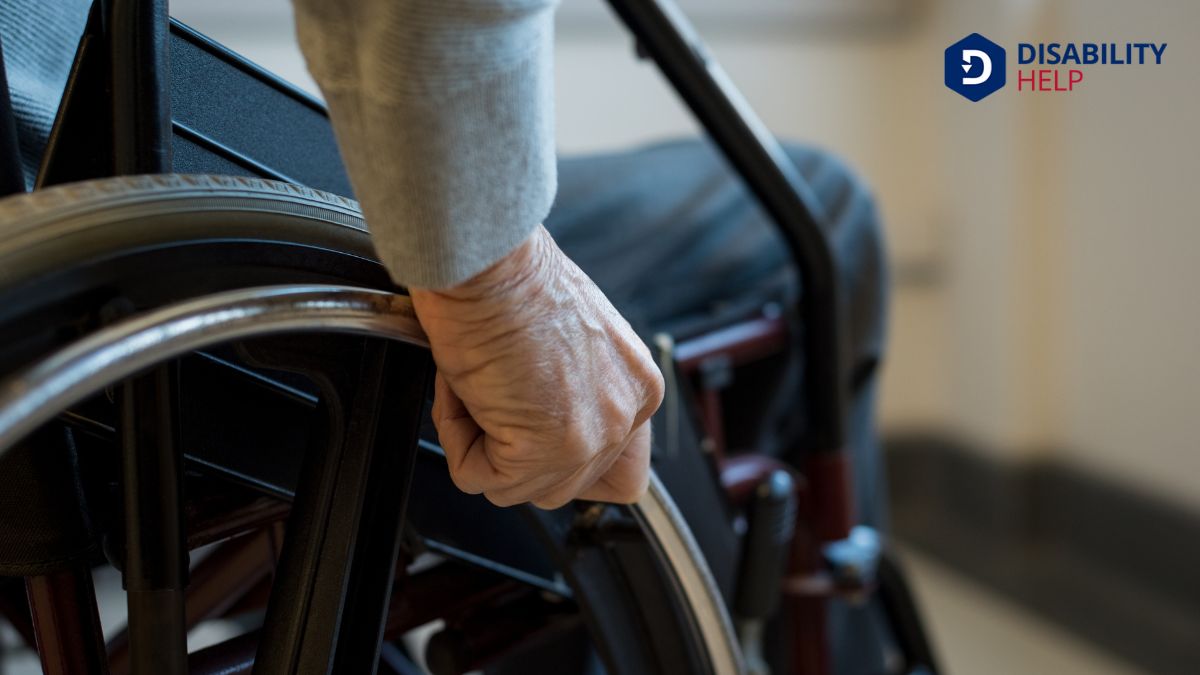
Designing inclusive public spaces is essential for fostering a community where everyone feels welcome and valued. To achieve this, we need to take into account the diverse needs of all users. By incorporating features like tactile paving, we can assist individuals with visual impairments in moving around public areas. Accessible seating, ramps, and elevators are equally important for those with mobility challenges, making sure that everyone can navigate comfortably and safely.
In addition to physical adaptations, multisensory signage, and audio signals play a key role in making information accessible to individuals with hearing impairments. It's not just about meeting basic accessibility standards; it's about creating environments where every person, regardless of their abilities, can fully participate.
Let's explore some practical steps we can take:
- Tactile Paving: Aids individuals with visual impairments in safely moving around public spaces.
- Accessible Features: Such as ramps, elevators, and accessible seating to support those with mobility challenges.
- Multisensory Signage: Utilize visual and audio signals to make sure information is accessible to everyone.
Utilize Assistive Technologies
Let's discuss how we can use assistive technologies to make urban spaces more inclusive. By implementing navigation apps, integrating audio beacons, and employing transparent masks, we can greatly enhance the accessibility and independence of people with disabilities.
These technologies not only boost mobility but also guarantee everyone can enjoy and navigate the city with ease.
Implement Navigation Apps
Incorporating navigation apps like Evelity into urban design is crucial for creating accessible and inclusive environments for people with disabilities. These apps offer optimized routes and clear audio instructions, allowing individuals with visual impairments to navigate city streets and public spaces independently. By utilizing GPS technology and voice guidance, navigation apps greatly enhance the mobility and safety of people with disabilities.
When we implement navigation apps, we're not just helping those with visual impairments. Deaf people also benefit from real-time information on barriers, accessible routes, and points of interest. This technology promotes a sense of independence and allows everyone to engage more fully with their urban environment.
Let's consider the advantages of integrating navigation apps:
- Enhanced Mobility: Navigation apps provide real-time updates on accessible routes, making it simpler for people with disabilities to move through the city confidently.
- Increased Safety: By offering optimized routes and avoiding barriers, these apps ensure safer travel for individuals with disabilities.
- Greater Independence: With reliable navigation tools, people with disabilities can explore urban spaces without constantly needing assistance.
Integrate Audio Beacons
Audio beacons offer powerful solutions for making urban environments more navigable for individuals with disabilities. By using technologies like GPS and Bluetooth, audio beacons, such as Evelity, provide real-time auditory cues and instructions. These assistive technologies can be seamlessly integrated into public spaces, transportation hubs, and cultural institutions, thereby enhancing accessibility for people with visual impairments.
Imagine walking through a busy transit station and receiving clear, spoken directions guiding you to your platform. That's the potential of audio beacons. They deliver location-based information and guidance, ensuring users can move independently and confidently. These beacons offer real-time notifications, route suggestions, and details about nearby points of interest, making urban navigation more intuitive and accessible.
When we incorporate audio beacons into our urban design, we notably improve the quality of life for individuals with disabilities. It's not just about mobility; it's about providing independence. Cities that implement these technologies show a commitment to inclusivity, making public spaces truly accessible for everyone.
Employ Transparent Masks
When it comes to fostering inclusive urban environments, employing clear masks is a crucial step forward. Clear masks are a valuable assistive technology, especially for those who rely on lip-reading or facial expressions to communicate. By allowing visual communication cues to be seen, these masks greatly benefit the deaf and hard of hearing community.
Clear masks have gained popularity during the COVID-19 pandemic, and their usage has highlighted the need for inclusive communication in various settings. By incorporating clear masks in our urban design strategy, we can ensure that city spaces are more accessible and welcoming for individuals with communication needs. These masks aren't just a temporary solution; they're a commitment to ongoing accessibility and inclusivity.
Consider the following benefits of clear masks:
- Enhanced Communication: They allow for clearer visual cues, making it easier for individuals to understand each other.
- Community Support: They demonstrate our dedication to supporting the deaf and hard-of-hearing community.
- Urban Accessibility: They contribute to making public spaces more inclusive and accessible.
Incorporating clear masks into our daily urban life is a simple yet impactful way to promote an inclusive environment for everyone.
Provide Continuous Education and Training
Regular training on disability awareness and accessible design principles is crucial for equipping urban planners and designers with the knowledge they need to create inclusive environments. By engaging in ongoing education, we can better understand the unique needs of individuals with disabilities and implement thoughtful design features like tactile paving, audio signals, and accessible transportation systems.
Education programs are pivotal in highlighting the importance of these inclusive designDesign that considers the needs of the widest range of users, including people with disabilities, fr... elements. Training sessions can cover a range of topics, including legal requirements, universal design standards, and innovative technologies. This all-encompassing approach guarantees that we're not just meeting minimum accessibility standards but going above and beyond to create welcoming urban spaces.
Continuous learning empowers us to adopt best practices in accessibility, such as installing ramps, elevators, and braille signage.
It also enhances our awareness of the diverse needs within the disability community, ensuring our urban design solutions are as inclusive as possible.
Foster Community Involvement
While continuous education and training equip us with the necessary skills and knowledge, fostering community involvement guarantees that our urban design efforts are deeply rooted in real-world experiences and needs. By engaging with the community, we verify that our designs aren't only inclusive but also genuinely effective in addressing the challenges faced by individuals with disabilities.
Community involvement means reaching out to local disability advocacy groups and organizations. Their insight can be invaluable, offering us perspectives that we might otherwise overlook.
Involving individuals with disabilities directly in the design process confirms that their voices are heard and their unique perspectives are considered in decision-making.
Collaborating with community members also enables us to generate innovative ideas and solutions. The collective creativity of a community can lead to groundbreaking designs that promote accessibility and inclusivity in urban spaces. Plus, when people feel involved, they take pride in the results, fostering a sense of ownership that can lead to sustainable and successful initiatives.
Here are some practical steps to foster community involvement:
- Engage with local disability advocacy groups.
- Host community workshops and feedback sessions.
- Involve individuals with disabilities in every stage of the design process.
Frequently Asked Questions
How Do You Create an Inclusive Environment for People With Disabilities?
We create an inclusive environment for people with disabilities by incorporating wheelchair ramps, tactile paving, and audio signals. We also collaborate with individuals with disabilities and leverage technology like navigation apps to enhance accessibility and independence.
What Is an Example of Inclusive Design for Disability?
Let's look at the Queen Elizabeth Olympic Park in London. It's a prime example of inclusive design with accessible pathways, seating, and sensory gardens, ensuring everyone, regardless of disability, can enjoy the space comfortably and independently.
What Are the Design Considerations for Disabled Persons?
We need to guarantee tactile paving, properly sloped wheelchair ramps, non-slip surfaces, audio signals at crossings, braille signage, and ample seating in public spaces. These elements make urban areas accessible and safe for everyone.
How Can the World Be Made More Inclusive for People With Disabilities?
We can make the world more inclusive for people with disabilities by prioritizing accessible infrastructure, promoting universal design principles, and ensuring representationThe way people with disabilities are depicted in media, culture, and politics, often influencing pub... in decision-making processes. Let's create spaces where everyone feels valued and empowered.
Conclusion
To sum up, if we prioritize accessibility in our urban planning, incorporate universal design principles, and engage people with disabilities, we'll create more inclusive environments. Enhancing wayfinding, implementing tactile features, and designing inclusive public spaces are key steps. Let's utilize assistive technologies and guarantee continuous education and training. By fostering community involvement, we can build cities that are welcoming to everyone. Together, we can make a difference and make sure our urban spaces truly serve all.



